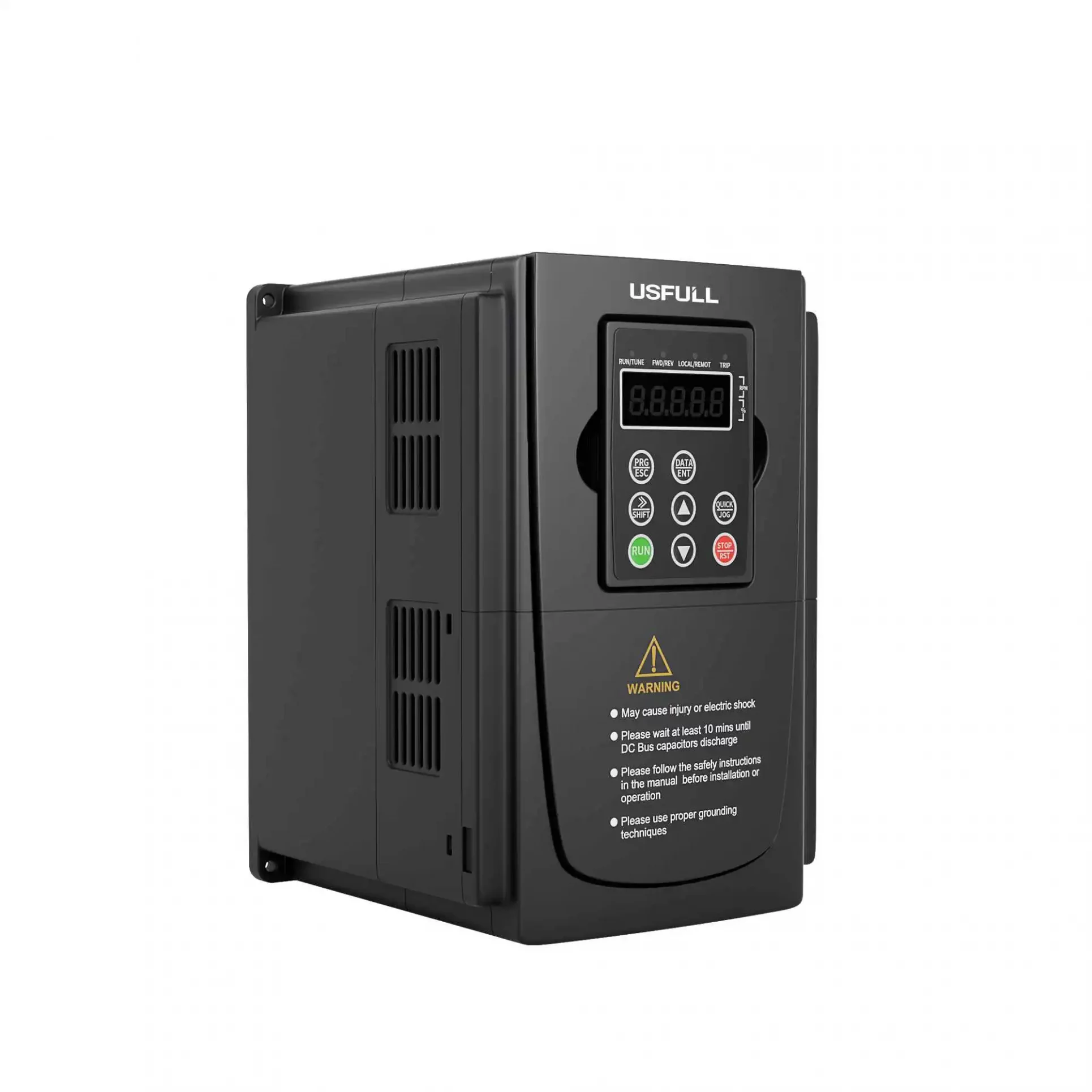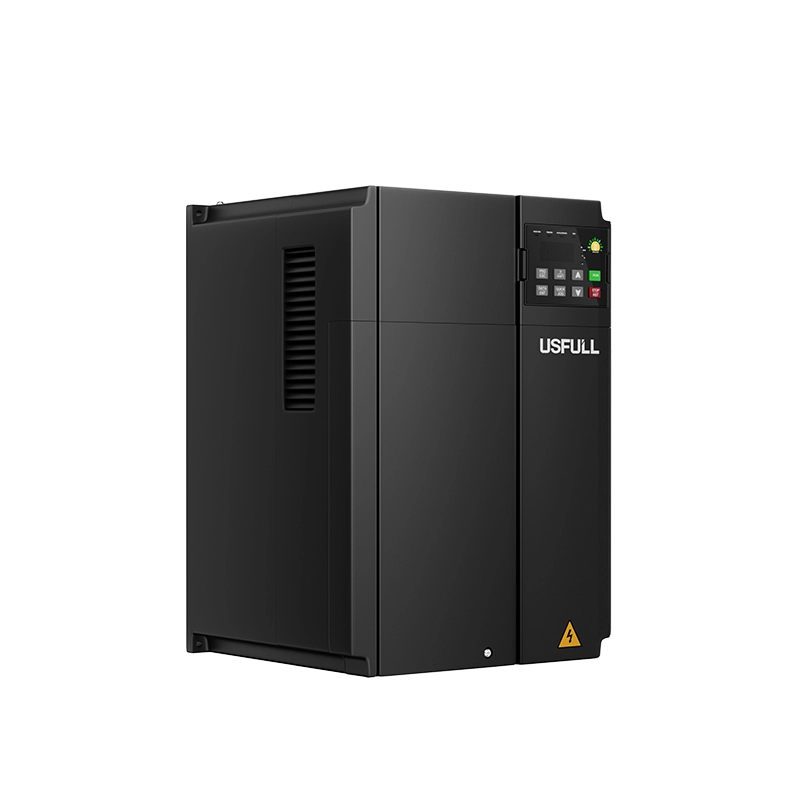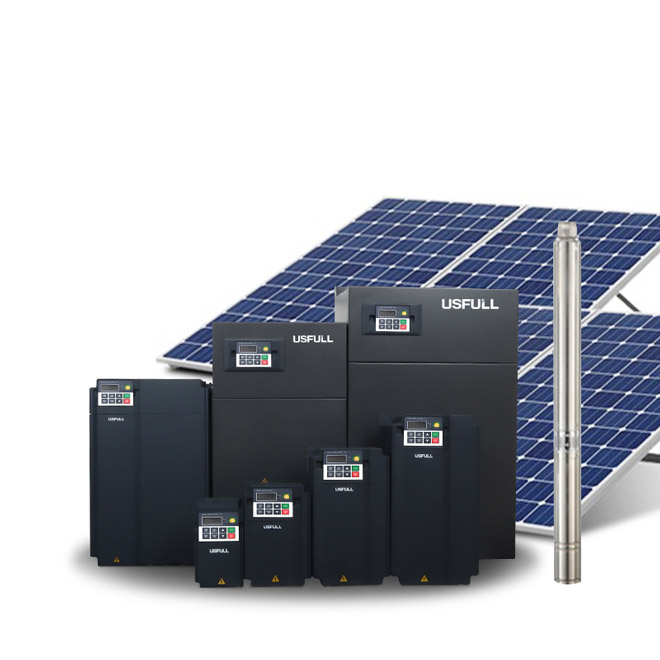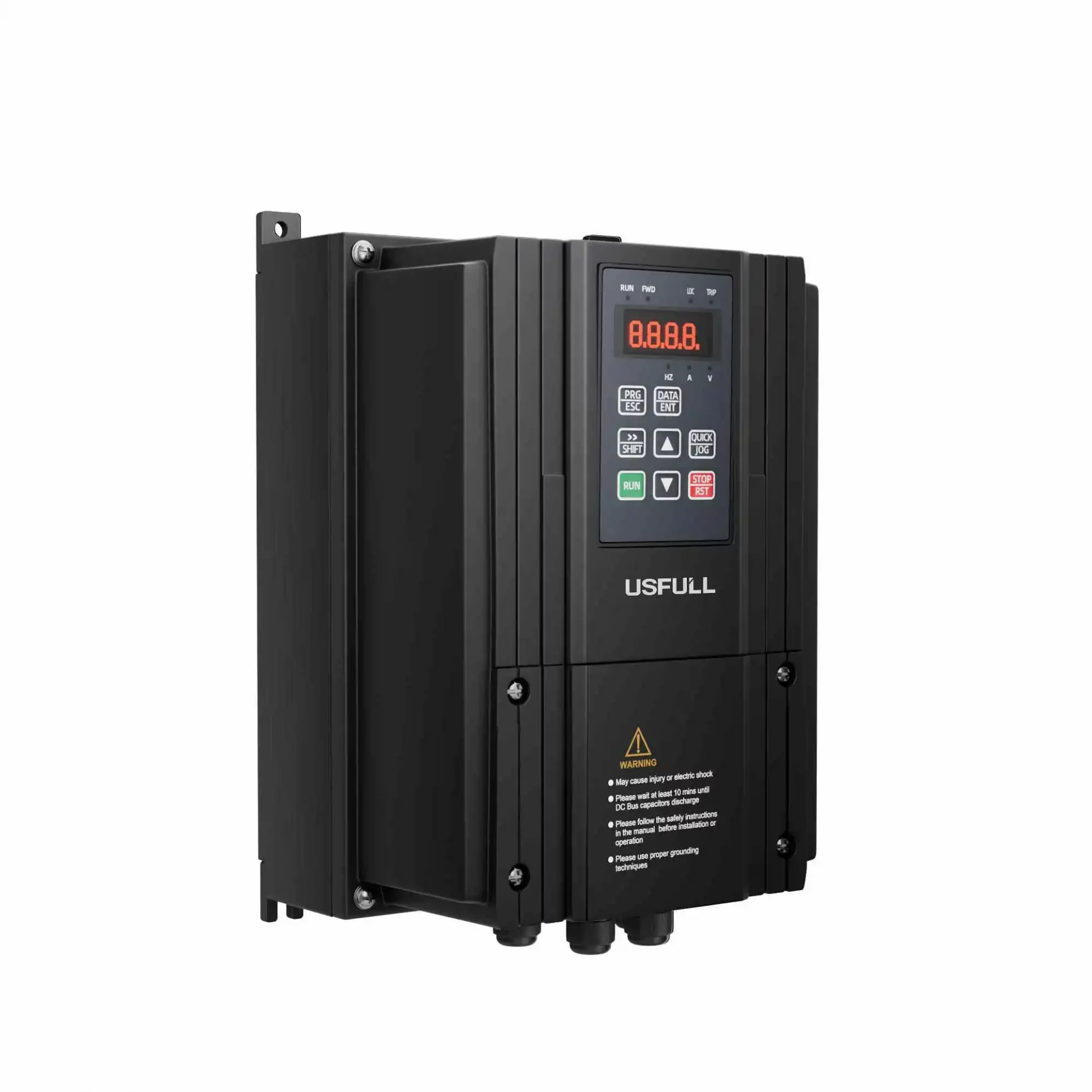Cold weather can cause a VFD to malfunction, leading to system failures and operational downtime. When exposed to low temperatures, VFD components may fail, affecting motor performance. To mitigate this, proper storage and installation techniques are essential.
Operating VFDs in low temperatures requires special considerations to prevent malfunctions. Proper storage, heating systems, and selection of temperature-resistant components can ensure reliable performance.
To understand how to optimize VFD performance in cold climates, let’s dive deeper into the solutions and adjustments you can make for efficiency.
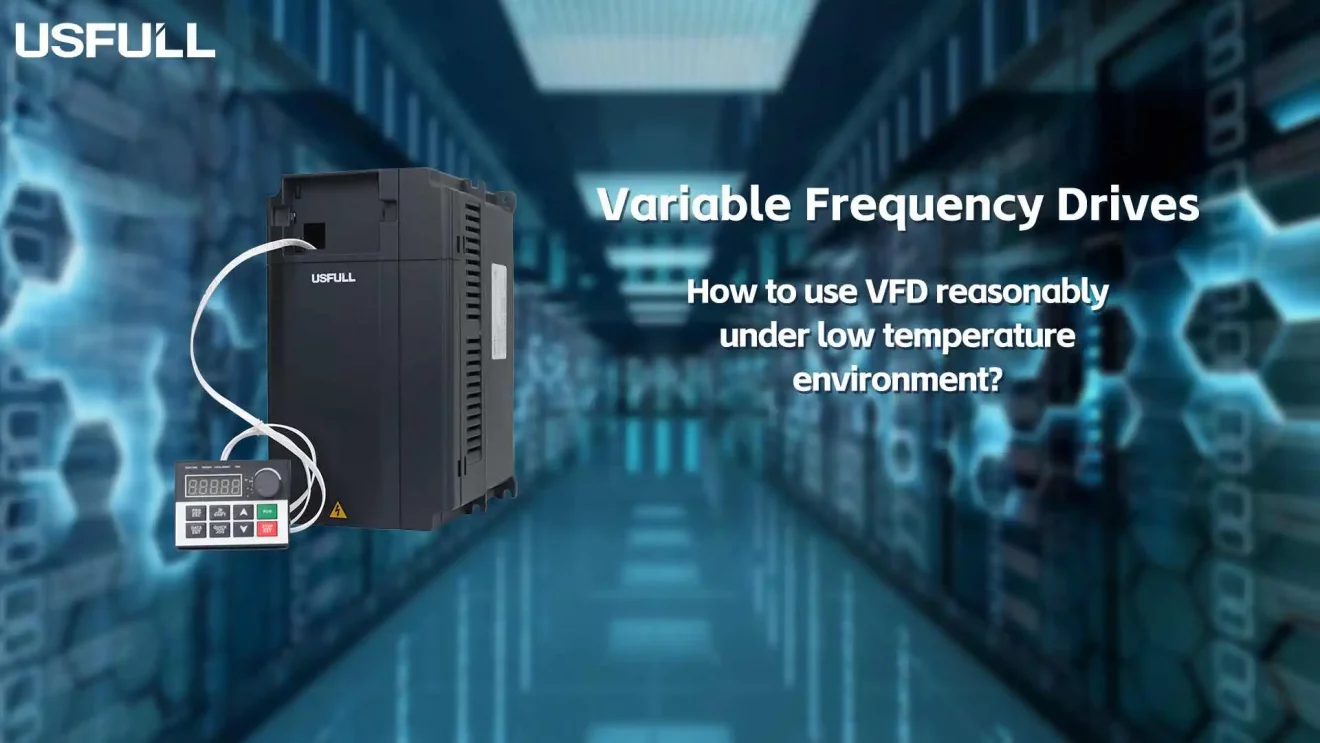
Why do VFDs struggle in low temperature environments?
VFDs, or Variable Frequency Drives, are designed to operate in specific temperature ranges. Low temperatures can affect their electrical components, especially capacitors and semiconductors, leading to performance degradation or even failure. These components become brittle and less effective when exposed to cold, which can result in erratic behavior and unpredicted shutdowns. To prevent such issues, it is essential to ensure that VFDs are rated for cold conditions and to use protective casings or heating elements for sensitive parts.
Key considerations for installing VFDs in cold environments
When installing a VFD in a low-temperature environment, proper insulation is critical. One must ensure that the inverter’s enclosure is suitable for the temperature range. Also, consider using a heated enclosure or a separate heating element within the VFD casing to maintain the ideal internal operating temperature. By taking these steps, you reduce the risk of moisture buildup and ensure that the inverter VFD operates smoothly even in freezing conditions.
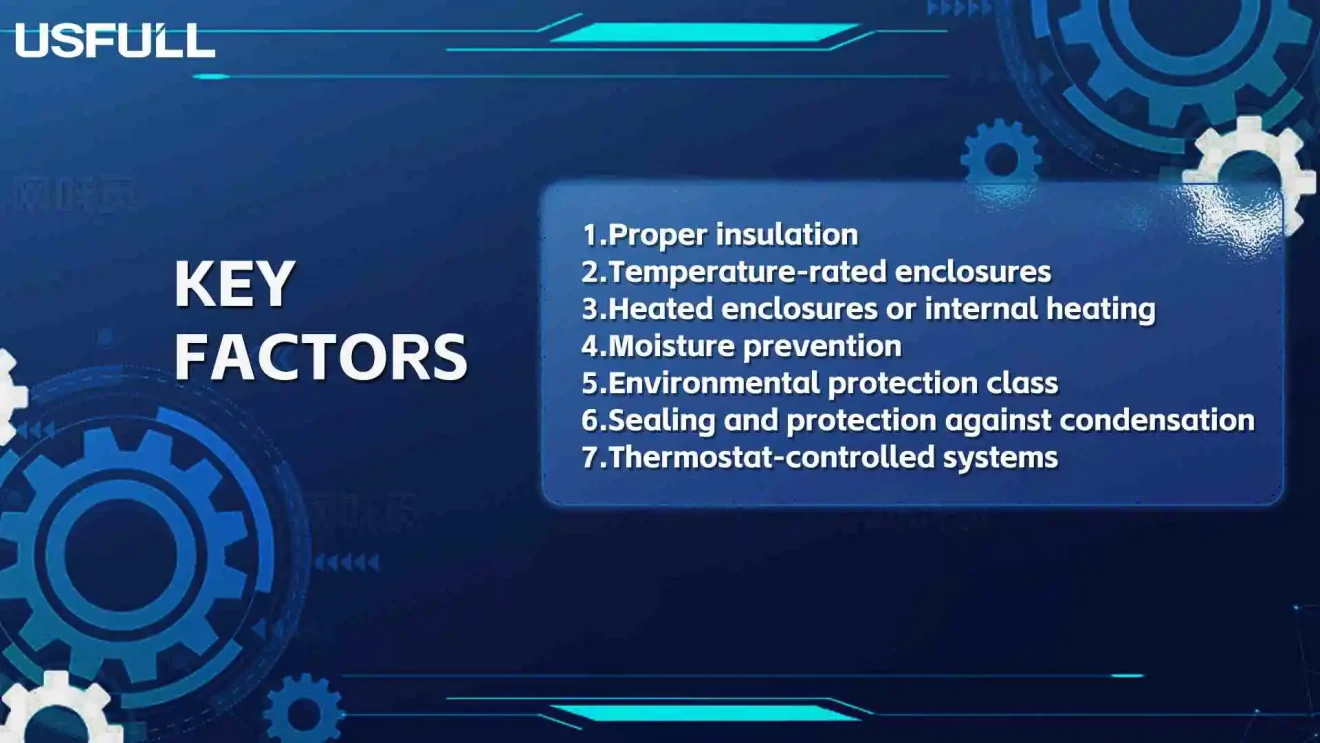
How to store VFDs before installation in cold conditions
Before installation, VFDs should be stored at temperatures within the manufacturer’s recommended range. Storing them at extremely low temperatures can lead to condensation and moisture inside the unit. Ensure that the units are stored in dry, controlled environments, ideally above freezing, to avoid damage. If storage in cold areas is unavoidable, consider placing them in protective bags with desiccants to minimize moisture exposure.
Using VFDs with heaters or temperature regulation devices
In extreme cold conditions, the use of heating systems or internal temperature regulation mechanisms can greatly enhance VFD performance. Options like electric heaters or thermostat-controlled enclosures can maintain the internal temperature of the VFD to keep it within safe operational limits. By installing such systems, you extend the lifespan of the VFD and prevent operational disruptions due to freezing temperatures.
Selecting the right VFD for low-temperature environments
Choosing the right VFD for cold environments requires understanding both the environmental and mechanical demands. Look for VFDs specifically rated for low-temperature use, often identified by their environmental protection class. These VFDs come with enhanced durability features, such as reinforced enclosures, anti-condensation coatings, and components designed for freezing conditions. Choosing the correct VFD can prevent costly downtimes and ensure reliable performance.
Conclusion
In cold environments, with proper planning and the right equipment, VFDs can function efficiently, avoiding failures and ensuring continuous operation.

